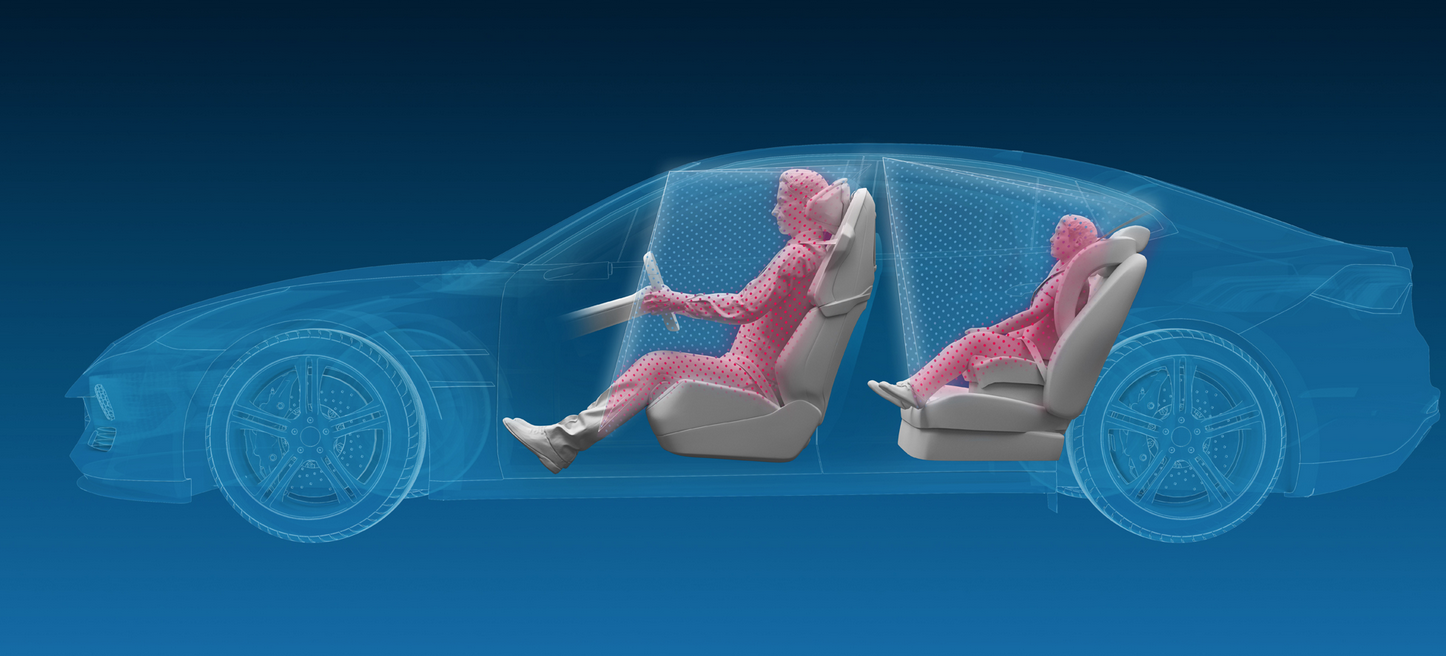ZF Develops 3D Interior Vehicle Tracking System
ZF is developing a three-dimensional Interior Observation System (IOS) capable of detecting and classifying vehicle occupants, determining their size, location and position, and whether or not they are in active control of the vehicle via the steering wheel or monitoring the automated driving systems – all key data to assist with advanced safety and automated driving functions.
While ZF is known as a world leader in the production of forward facing object recognition cameras that sense the external vehicle environment, the company has also been involved in the development of interior observation cameras for more than ten years. Due to the trend toward advanced safety and vehicle automation, interest in interior camera technology has intensified and ZF is now developing a 3D camera interior observation system supporting a broad variety of potential safety, comfort and AD applications.
A prime example is occupant position sensing. Seat-mounted sensors are already used to determine whether airbag and seat belt pretensioners should be deployed and at what force, and a 3D IOS camera can augment this information regarding the size and real-time position and posture of occupants, including out-of-position detection such as reclined seats – all information that can help tailor occupant energy management prior or in the event of a crash. Just knowing if an occupant or other object is present in a seating position can help determine if and with which adaptive occupant safety functions to deploy in that position. The camera can complement existing seatbelt buckle sensors with visual verification if the occupant is properly belted, and give guidance to do so with a reminder or other action if this is not the case.
Occupant sensing can also be extremely valuable in situations where small children may be left in the car – leading to emergency situations particularly in extreme temperatures – the IOS system can be calibrated to determine the presence of a child and activate emergency actions such as an automatic call to the vehicle owners mobile phone, lowering automatic call to the vehicle owners mobile phone, lowering electric windows and opening a moonroof to reduce interior temperatures, activation of the horn and emergency flashers so others nearby can assist, or a call to emergency providers such as OEM emergency service providers or local police and first responders to assist in rescuing the child.
As vehicles become increasingly equipped with automated functions, intelligently networked interior sensors can determine if the driver’s hands are on the steering wheel and are in active control of the vehicle, and if the driver’s head is facing the road and monitoring the vehicle while making proper use of the seatbelt system. The system can indicate that the driver is in an automated mode and when a potential emergency situation is detected can trigger alerts.
“The bottom line is that visual data from the interior of the vehicle can be highly valuable from many standpoints,” said Norbert Kagerer, senior vice president, engineering for the occupant safety systems business.
The IOS system is expected to be production ready by late 2021.
Category: Featured, General Update, News, Safety










